
Introduction
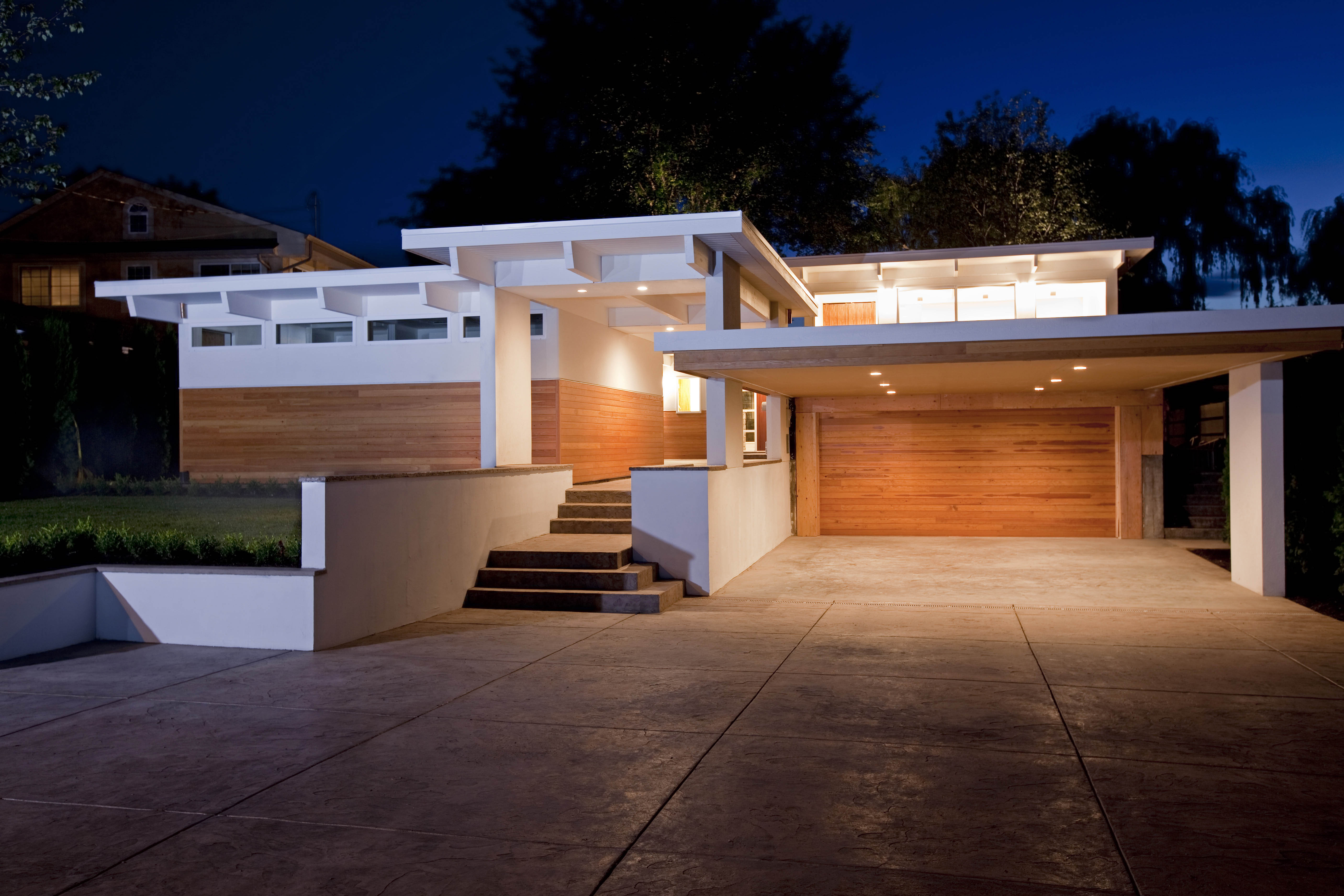
Building a home is an exciting and important milestone in anyone's life. The design of your home plays a crucial role in creating a comfortable and functional living space. Whether you are building a new home or renovating an existing one, it is essential to carefully consider the design to ensure it meets your preferences and needs. This article will provide you with valuable insights into home building design and help you make informed decisions.
Factors to Consider in Home Building Design

When it comes to home building design, several factors should be taken into account to create a space that reflects your personal style and meets your requirements. These factors include:
1. Purpose and Functionality

The purpose and functionality of your home are crucial considerations that should guide the design process. Think about how you plan to use each space in your home and ensure the design aligns with your lifestyle. For example, if you enjoy cooking and entertaining, a spacious kitchen and open living areas may be a priority.
2. Budget
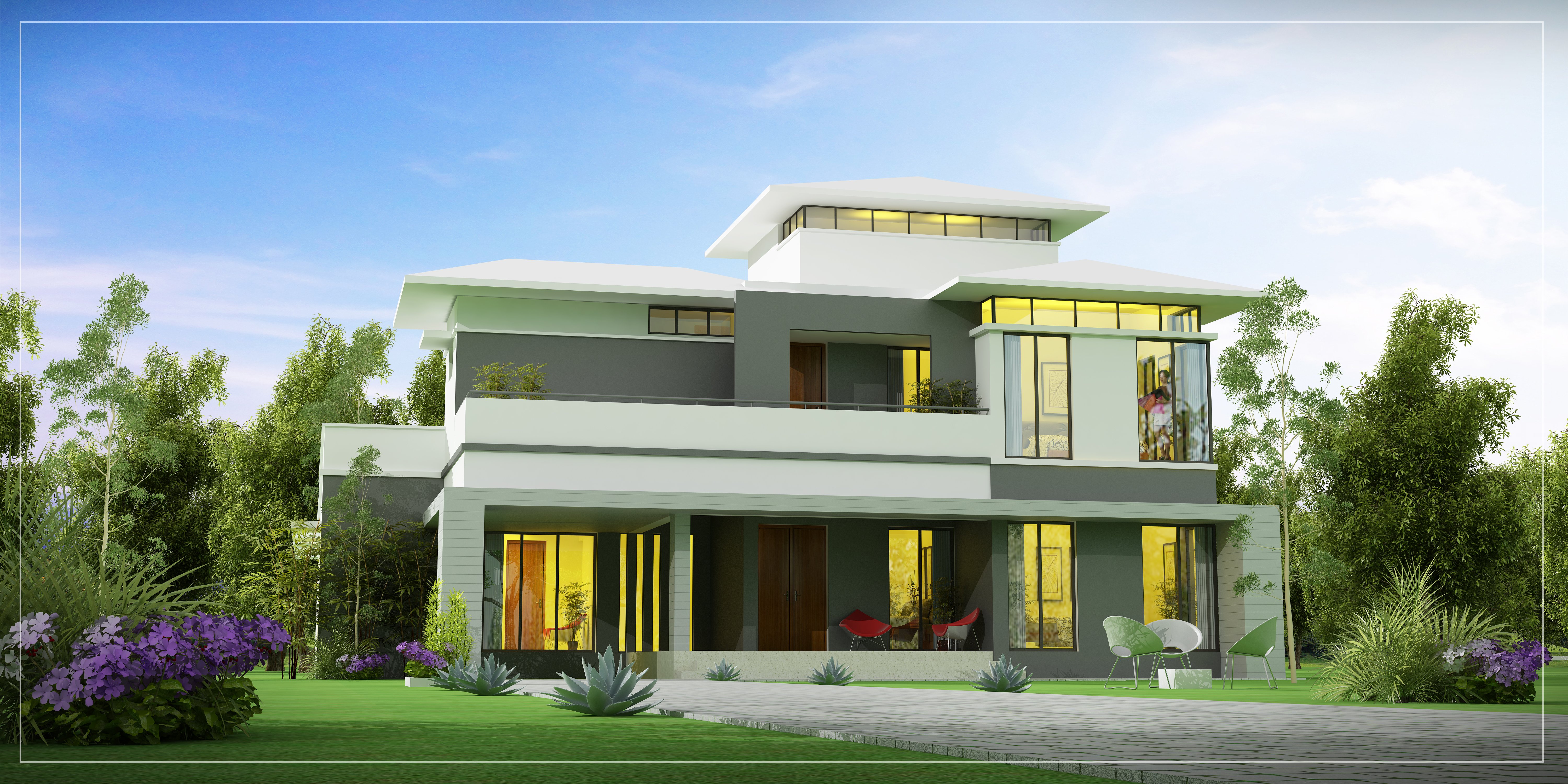
Your budget will greatly influence the design choices you can make. It is important to establish a realistic budget early on and work with an architect or designer who can help you create a design that fits within your financial constraints. Consider prioritizing essential aspects of the design and allocate your budget accordingly.
3. Style and Aesthetics

The style and aesthetics of your home should reflect your personal taste and preferences. Whether you prefer a modern, minimalist, traditional, or eclectic design, it is essential to choose elements that create a cohesive and visually appealing look. Consider factors such as color schemes, materials, and architectural features that align with your desired style.
4. Natural Light and Ventilation

Maximizing natural light and ventilation in your home is not only aesthetically pleasing but also contributes to a healthier indoor environment. Consider incorporating large windows, skylights, and open floor plans to allow ample natural light to enter your living spaces. Additionally, ensure proper cross-ventilation to maintain good airflow throughout your home.
5. Energy Efficiency

With the increasing focus on sustainability, energy-efficient home design has become more important than ever. Consider incorporating energy-saving features such as solar panels, efficient insulation, and LED lighting. These features not only reduce your carbon footprint but also save you money on energy bills in the long run.
The Design Process

The design process is a crucial step in home building and involves several stages. Here are the key stages of the design process:
1. Initial Consultation
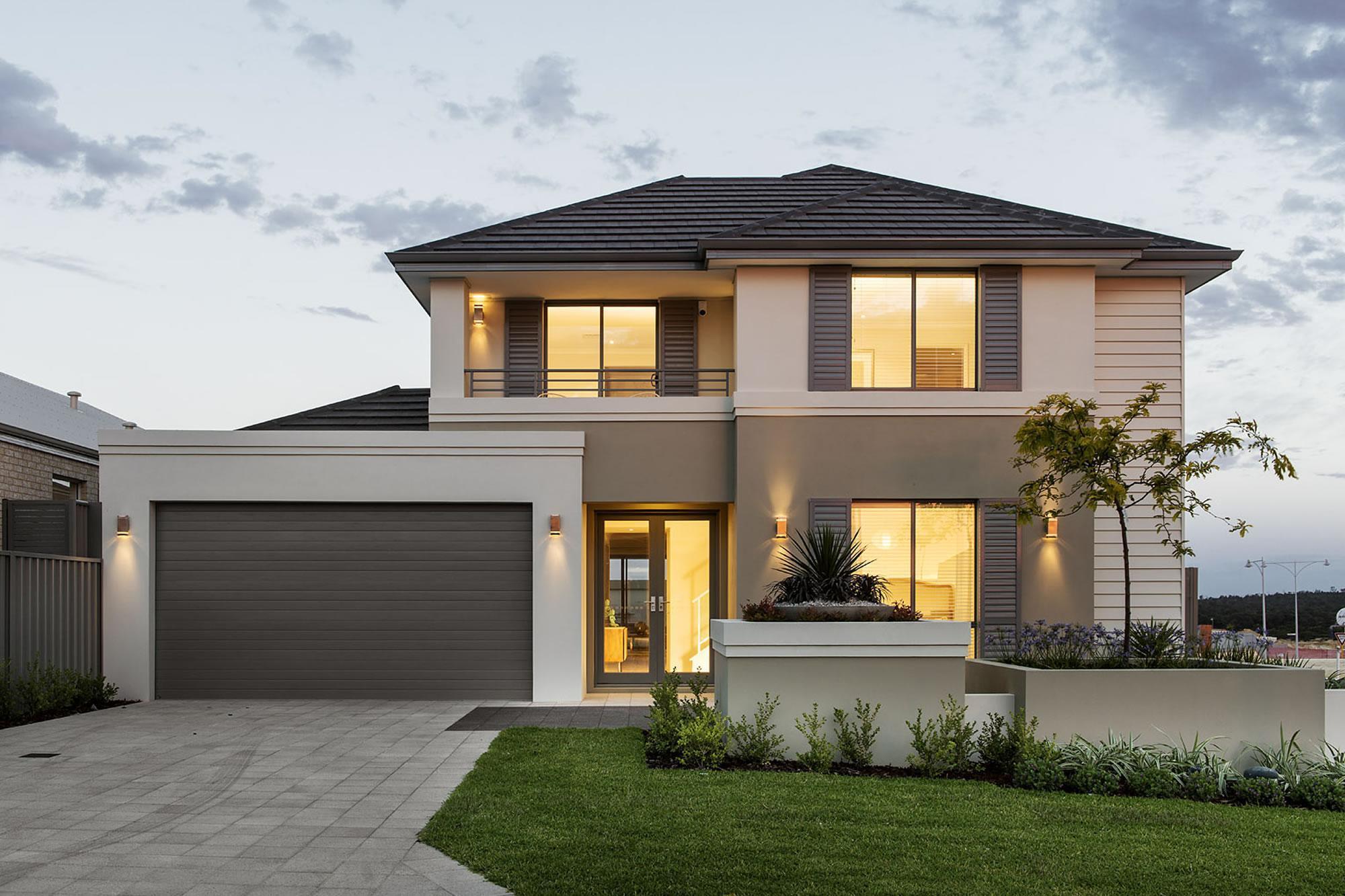
During the initial consultation, you will meet with an architect or designer to discuss your vision, requirements, and budget. This is an opportunity to communicate your ideas and expectations for the design and gather valuable insights from the professional.
2. Conceptual Design
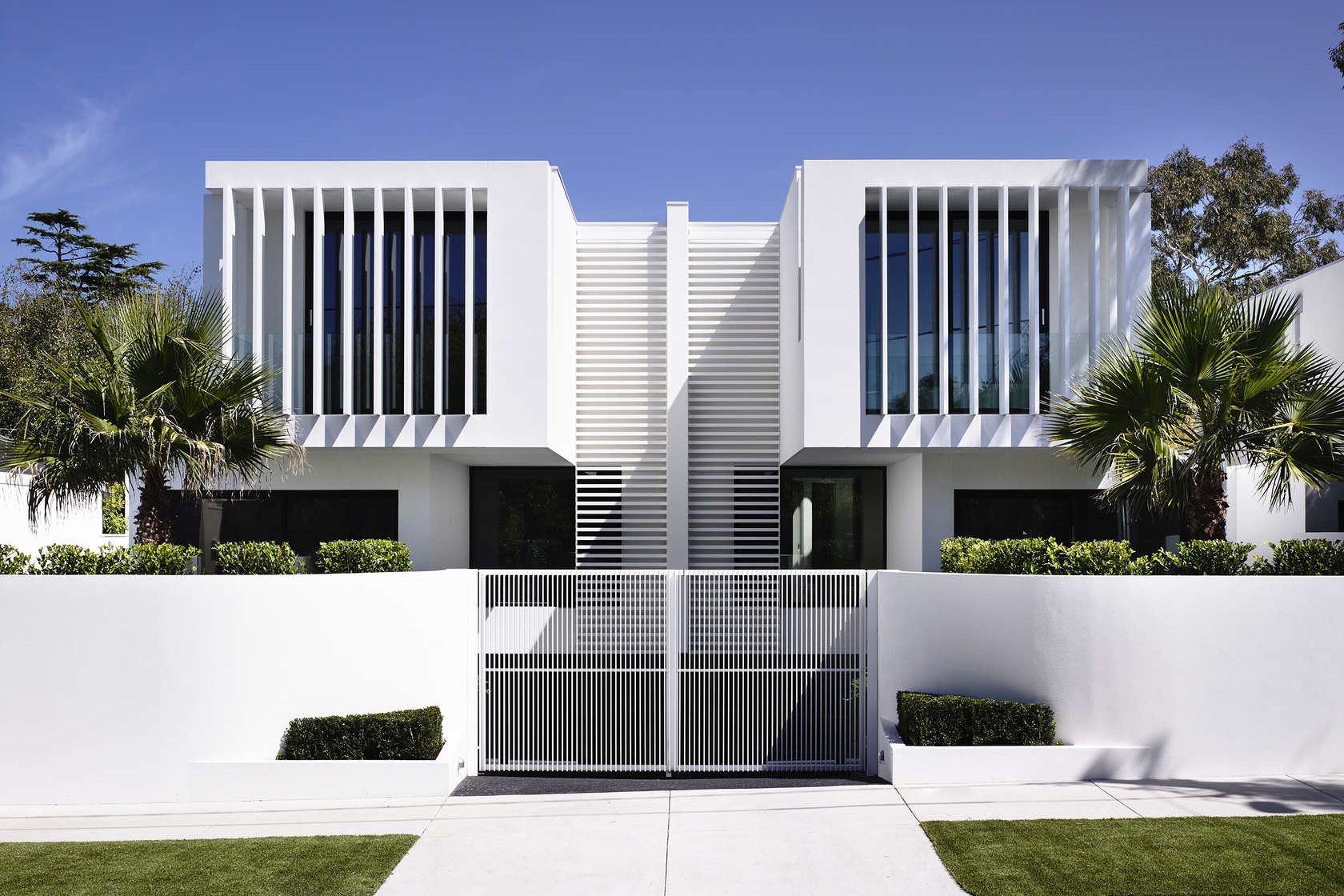
Based on the information gathered during the initial consultation, the architect or designer will create a conceptual design. This design will include floor plans, elevations, and a general idea of the overall look and feel of your home. It is important to provide feedback and make any necessary revisions during this stage.
3. Detailed Design
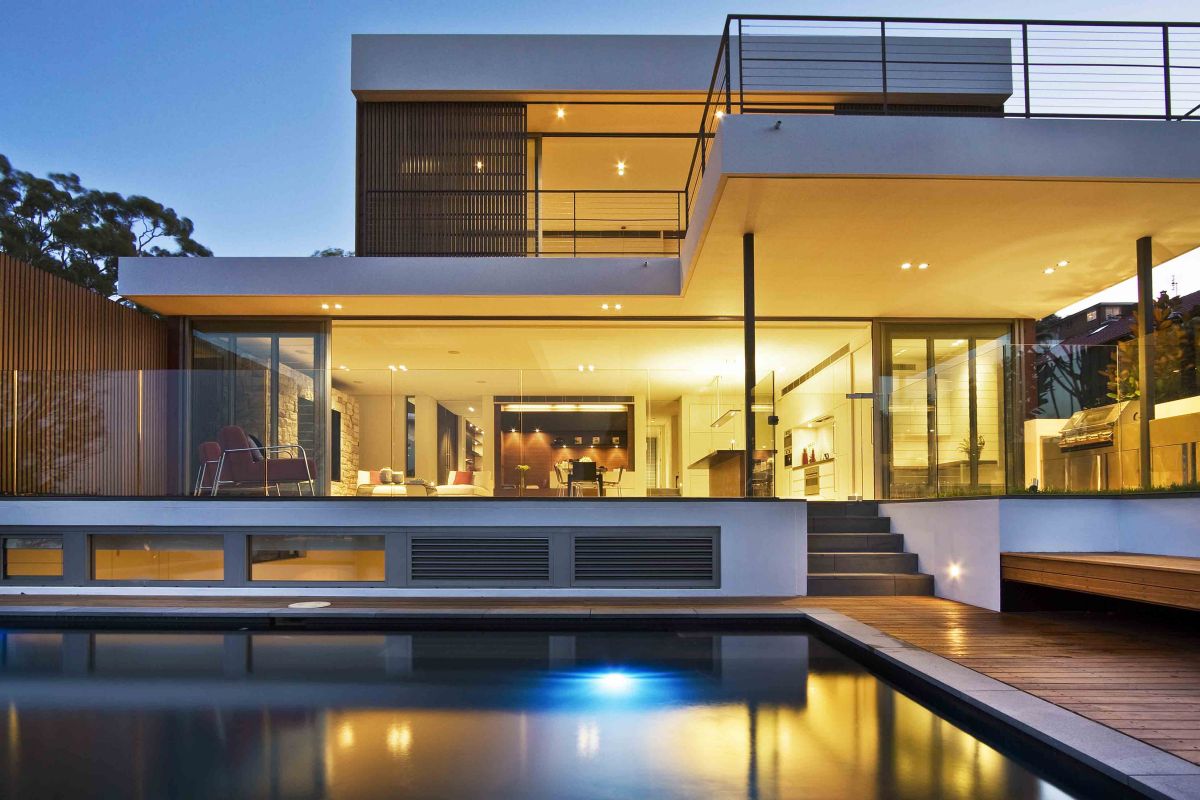
Once the conceptual design is approved, the architect or designer will proceed to create detailed drawings and specifications. This stage involves fine-tuning the design, selecting materials, and finalizing all the necessary details required for construction.
4. Building Permits and Approvals
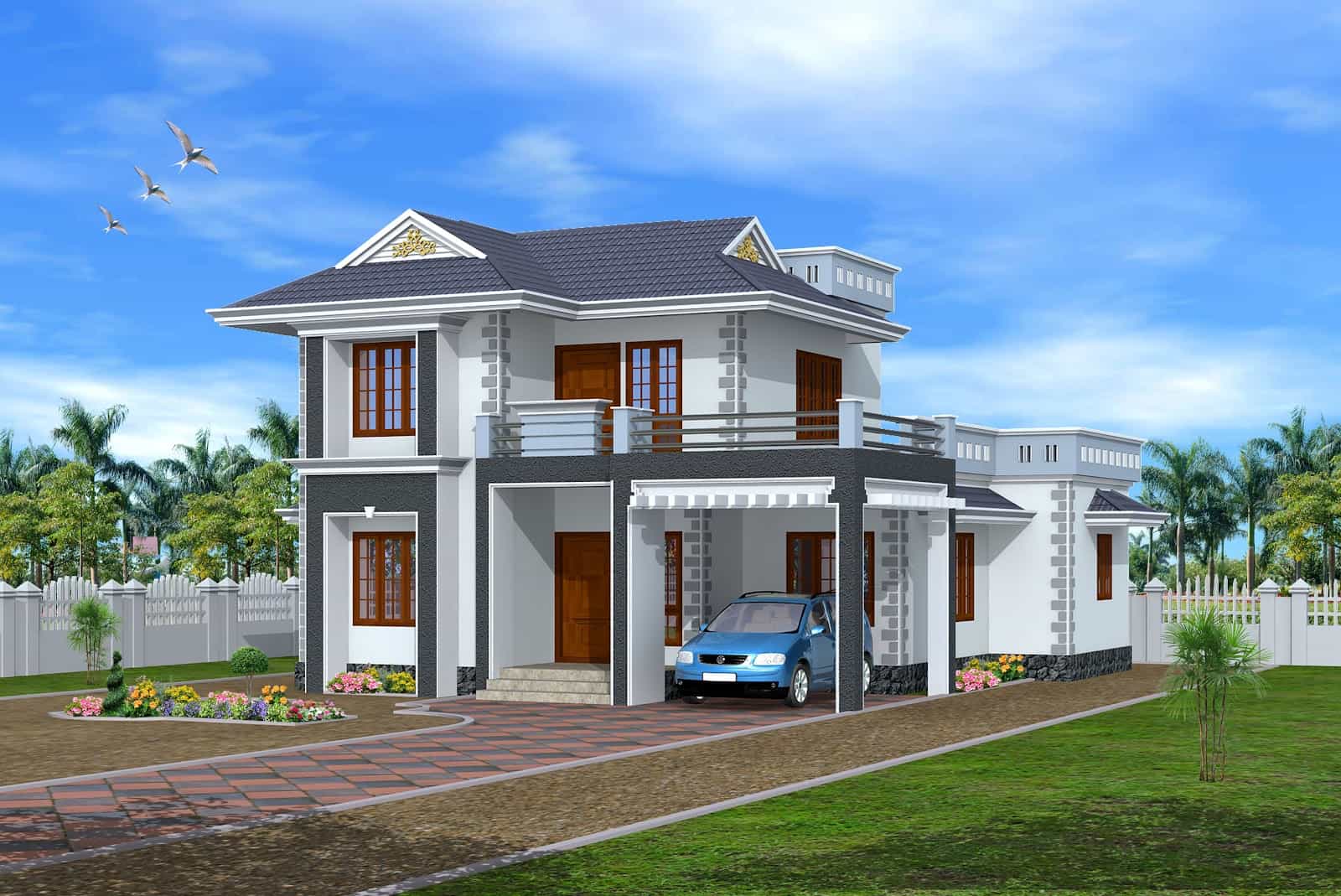
Before construction can begin, you will need to obtain the necessary building permits and approvals from local authorities. This process ensures that your design complies with local regulations and safety standards. Your architect or designer can assist you in navigating this process.
5. Construction
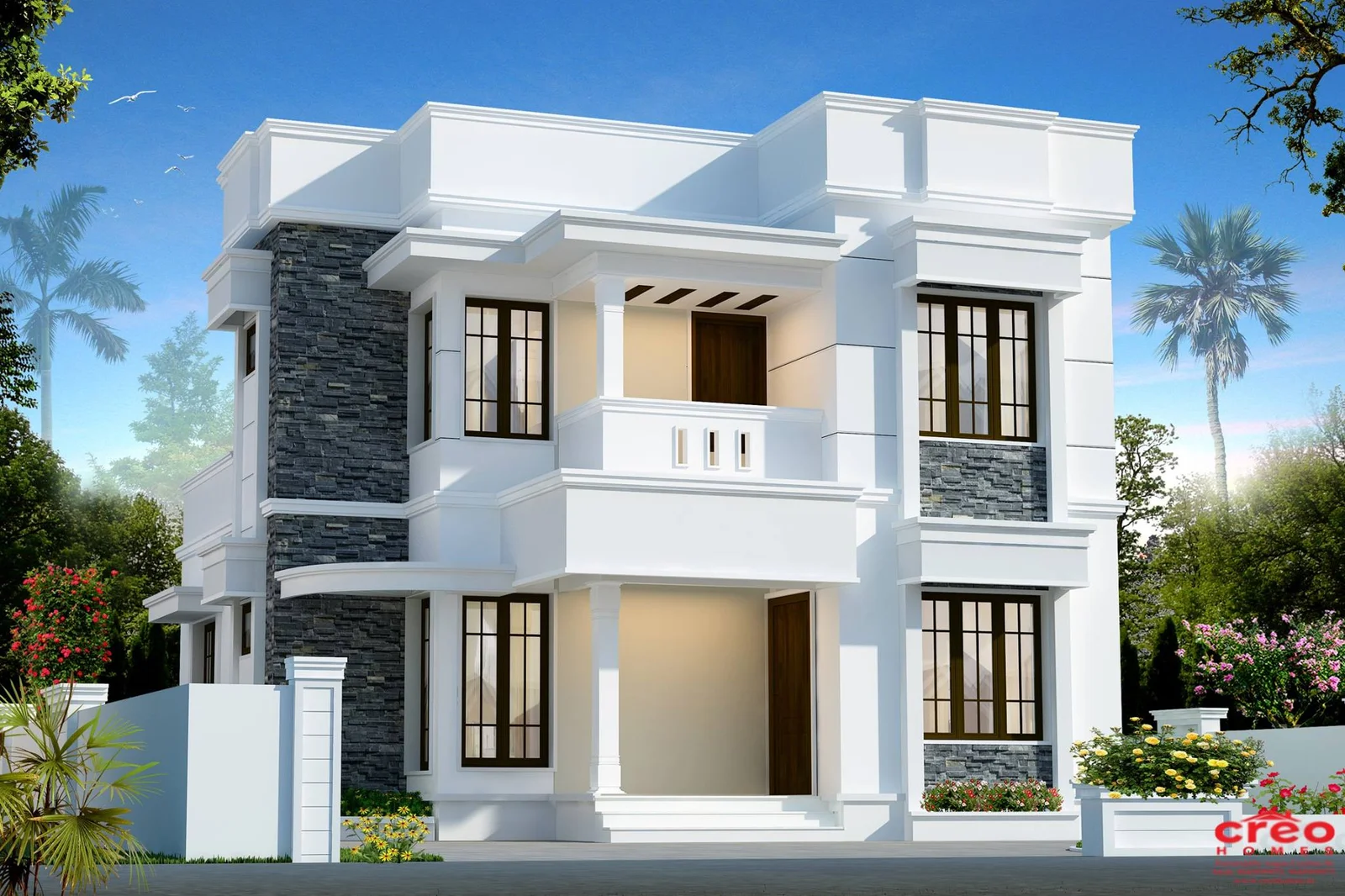
Once all the necessary approvals are in place, the construction of your home can commence. It is important to work with a reputable builder who will bring your design to life with attention to detail and quality craftsmanship. Regular communication with your builder is essential to ensure the design is accurately translated into the final product.
Conclusion
Designing a home is an exciting and complex process that requires careful consideration of various factors. By prioritizing functionality, budget, style, natural light, and energy efficiency, you can create a home that perfectly suits your needs and preferences. Remember to involve professionals, such as architects and designers, to guide you through the design process and ensure your vision becomes a reality.